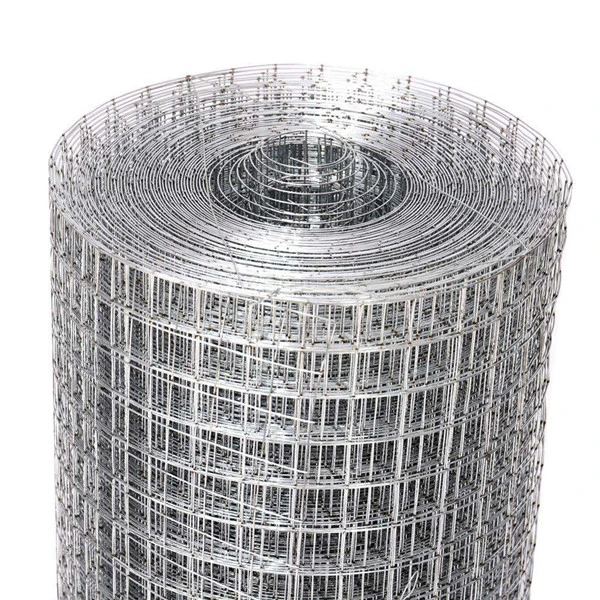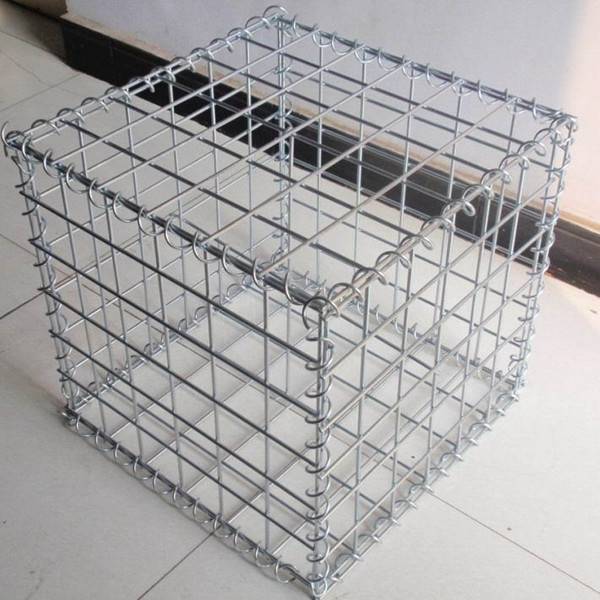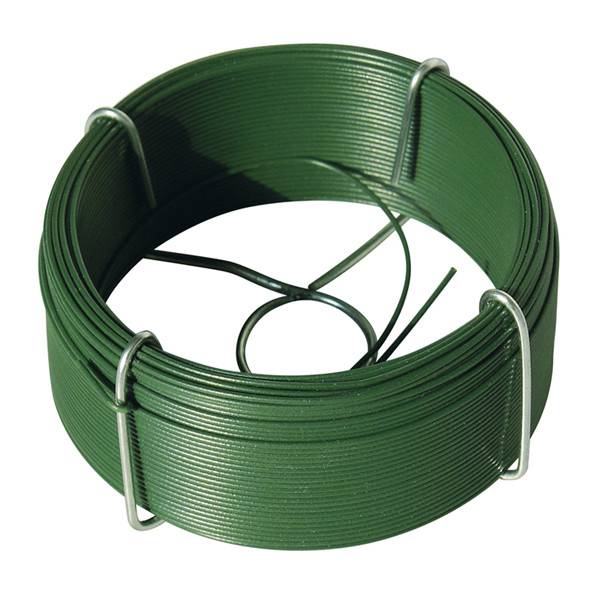
Sep . 27, 2024 23:48 Back to list
Understanding Gabion Boxes and Their Applications in Modern Construction and Landscaping
What is a Gabion Box?
A gabion box is an innovative and practical solution used primarily in civil engineering, landscaping, and environmental applications. These structures, typically made of wire mesh cages filled with rocks, concrete, or other materials, serve multiple purposes, including erosion control, retaining walls, and decorative landscaping features. The term gabion comes from the Italian word gabbione, meaning big cage, which aptly describes their form and function.
At its core, a gabion box is a geological engineering tool designed to integrate natural materials with human-made structures. The wire mesh, often made of galvanized steel or PVC-coated steel, provides a sturdy yet permeable enclosure that allows water to flow through while supporting the weight of the fill material. This permeability is crucial as it helps manage water drainage, which is vital in maintaining the structural integrity and longevity of the installation.
Gabion boxes are utilized in various applications. One of the most common uses is for erosion control along riverbanks or coastal areas. By installing gabions filled with rocks along these vulnerable sections, the force of water can be effectively neutralized, thus preventing soil erosion. This is particularly important in preventing landslides and protecting public infrastructure such as roads and bridges.
What is a Gabion Box?
Gabion boxes are also widely used for noise barriers in urban areas. The mass and density of the rocks or concrete fill can dissipate sound waves, creating a quieter environment for residents living near busy roads or highways. This application has gained popularity as noise pollution becomes an increasing concern in urban planning.
what is a gabion box

In addition to their functional benefits, gabion boxes can be aesthetically pleasing. Landscaping professionals often use them in gardens, parks, and public spaces as decorative elements. They can be filled with colorful stones or natural materials that enhance the visual appeal of a landscape. This dual purpose of utility and beauty makes them a popular choice in contemporary landscape design.
Installation of gabion boxes is relatively straightforward, making them accessible for various projects. The foundational work typically involves excavating areas where the gabions will be placed, followed by assembling the wire mesh cages. Once the cages are secured, they are filled with the chosen material, usually heavy rocks or concrete blocks. This process can be completed without heavy machinery, depending on the scale of the project, which contributes to their appeal as a sustainable and cost-effective solution.
Moreover, gabion boxes offer environmental benefits beyond mere functionality. They promote biodiversity by providing habitats for various species, including plants and small animals. Additionally, the use of natural materials helps to blend structures into the environment rather than standing out as stark, man-made entities.
Sustainability is also a key consideration with gabion boxes, as they can be constructed from recycled materials and are often manufactured using green practices. Their longevity, combined with low maintenance requirements, makes them an eco-friendly choice for construction projects.
In conclusion, gabion boxes are versatile structures that combine functionality, aesthetic appeal, and environmental benefits. Whether used for controlling erosion, constructing retaining walls, or as decorative features in landscaping, they represent a sustainable choice suitable for various applications. As we continue to explore effective solutions for managing natural challenges, gabion boxes stand out as an enduring and practical option for future developments.
-
build-a-discreet-chicken-run-with-sturdy-green-coated-chicken-wire
NewsAug.23,2025
-
a-guide-to-selecting-the-most-durable-field-gates-for-your-property
NewsAug.23,2025
-
green-mesh-fencing-rolls-offer-versatile-solutions-for-diverse-needs
NewsAug.23,2025
-
chain-fence-for-durable-and-versatile-enclosure-solutions
NewsAug.23,2025
-
garden-edging-fence-for-functional-and-decorative-landscaping
NewsAug.23,2025
-
3d-wire-mesh-fence-for-versatile-security-and-decoration
NewsAug.23,2025
Products categories











